
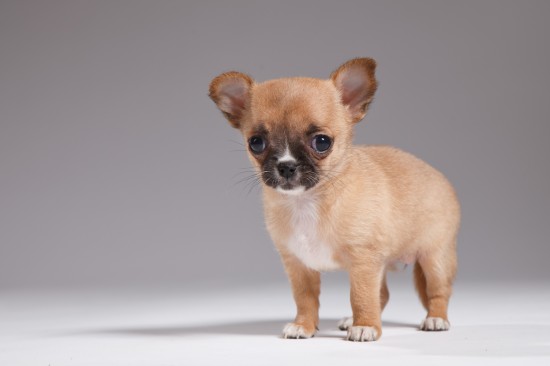
Different types of dogs have differing care requirements and different personality traits that affect the way they view the world and what they need to be happy. With many of the dog groupings that are inclusive of a large variety of breeds, all of the dogs of that type share distinct physical or personality traits, such as with sighthounds (which hunt by sight) or Spitz-type dogs, which have long, thick coats and are used to living in the colder parts of the world.
When it comes to toy dogs (or lap dogs) however, their only universally uniting factor is their size, being as they are the very smallest of canines. Toy dogs are also some of the most misunderstood dogs in common ownership today, and the type of dogs most likely to be inappropriately fed, trained and managed. If you own a toy dog or are considering buying one, it is important to ensure that you enable their needs as dogs, and do not spoil them or treat them like furry children. This is something that can be difficult to remember at times, when the cute-appeal of the smaller dog becomes too much to bear!
In this article, we will discuss the needs of toy dogs, and how to keep them healthy, happy and well provided for.
The term “toy dog” refers to the smallest of dog breeds and types, some of which are naturally small and some of which have been selectively bred to provided a miniature version of a larger breed.
Toy dogs can come from any one of a wide variety of breed groupings, and the term is also used to refer to cross breed and mixed breed dogs that are very small too. The largest dog that is classed within the toy grouping is the Pug, weighing around 18lb on average. Some of the smallest toy dogs weigh just a couple of pounds!
An example of some pedigree toy dog breeds are:
...And many more!
Generally, dogs that weight under 18lb and stand at around ankle height or lower are considered to be toy dogs when grouping them by type, although there is some crossover between the terrier group and the toy dog group. Toy dogs are very affectionate and enjoy lots of time spent being the centre of attention, sitting in a welcoming lap. They are very reliant on their owners for their care and affection, and enjoy going outside to play with you, but will probably become bored if you leave them to their own devices.
Toy dogs very much enjoy their creature comforts, and are often reluctant to go out in bad weather. Many toy dog breeds are not very hardy in extremes of weather, and need a little more care and attention to be paid to their wellbeing on very cold or very hot days.
Toy dogs may have little legs and a great love of their home comforts, but they still require exercise in the same way that a larger dog does! While some of the toy dog breeds are fairly sedentary and will generally only enjoy a sedate walk once a day, others, such as terrier type toy dogs, will be highly active and have lots of energy! Each dog is different, but regardless of breed, it is important to make adequate provision for your toy dog’s exercise requirements. This may take the form of several busy walks a day for the more energetic dogs, or one or two slower walks on or off the lead for quieter types.
Remember that toy dogs only have short legs, so you might have to adjust your walking pace to make up for this! Also, walking over great distances will tire out a small dog faster than a large dog, so pay attention to your dog’s comfort at all times. In cold and harsh weather, consider getting a coat and even maybe booties for your small dog to help to make their walks more comfortable!
Toy dogs can sometimes be fussy eaters, and it is important to make sure that they eat a balanced diet. A special complete food specifically tailored for the needs of smaller dogs, and comprised of smaller pieces of kibble that are a better fit for their mouths is recommended. It can be tempting to change your dog’s food regularly if they do prove to be picky, but this might contribute to the problem long term, so it is important to persevere with the food that you are trying for a reasonable amount of time before trying something else!
Toy dogs normally spend a lot of time with people, and will often be present at your own mealtimes. It should go without saying but is worth mentioning nevertheless; do not feed your toy dog on table scraps, or let them beg for food when you are eating. Not only will this pose a training issue, but will keep your dog from getting all of the nutrients that they need and can lead to weight problems and poor health.
Toy dogs generally spend more time with their owners than most other dog types, and so, bond very strongly with their owners as a result. They are usually used to being the sole centre of attention, but should be properly socialised and introduced to other dogs when young to avoid jealousy and problems. Toy dogs can also live quite happily with other dogs or pets if properly managed and trained, and often bond strongly with other animals.
Toy dogs require training and boundaries in just the same way that larger dogs do. Just because you can physically pick your dog up and move them if they are being a pain doesn’t mean that you should neglect to teach them good manners and acceptable behaviour!
It is important to involve all members of the household in the care of your toy dog, and avoid a particularly strong reliance on any one person to the point that the dog becomes anxious or unhappy when left alone. Teaching your dog about quiet time and spending time alone is important, as is socialising your toy dog properly with other people.
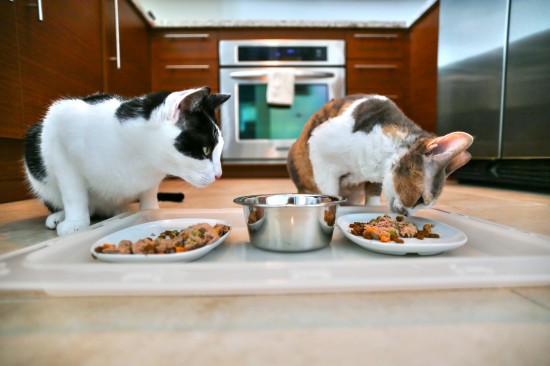 Tips On Feeding Several Cats In A Household
Tips On Feeding S
Tips On Feeding Several Cats In A Household
Tips On Feeding S
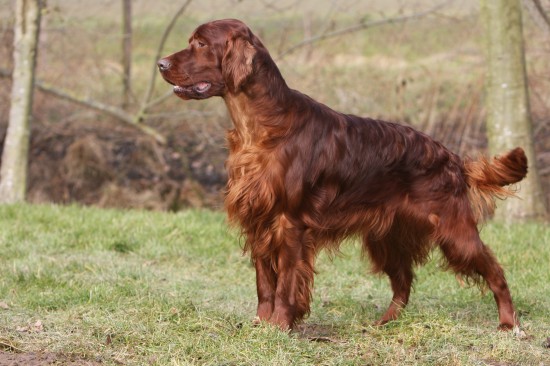 An Introduction To The Setter Dog Breeds
An Introduction T
An Introduction To The Setter Dog Breeds
An Introduction T
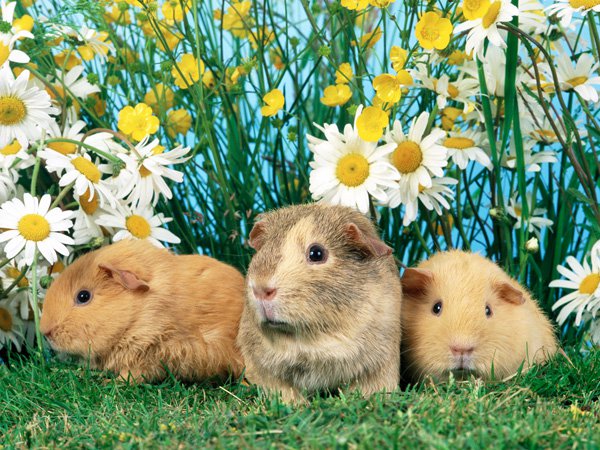 Few Interesting Facts About Dog Food Ingredients
Few Interesting Facts About Dog Food Ingredients
Few Interesting Facts About Dog Food Ingredients
Few Interesting Facts About Dog Food Ingredients
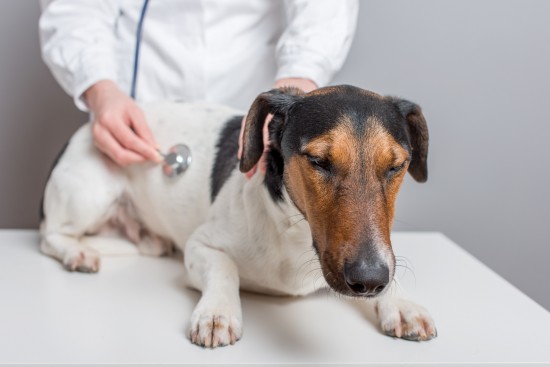 How To Deal With Dog Poisoning Emergencies Over Christmas
How To Deal With
How To Deal With Dog Poisoning Emergencies Over Christmas
How To Deal With
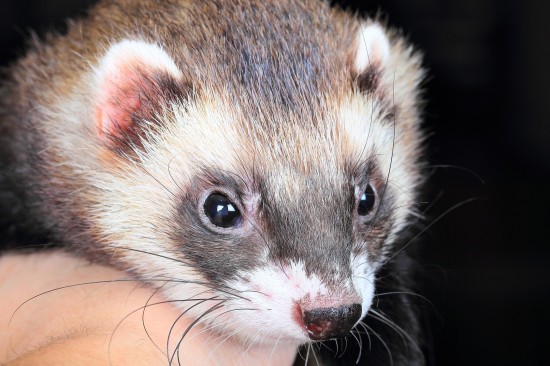 Ferrets And Food Hoarding
Ferrets And Food
Ferrets And Food Hoarding
Ferrets And Food
Copyright © 2005-2016 Pet Information All Rights Reserved
Contact us: www162date@outlook.com